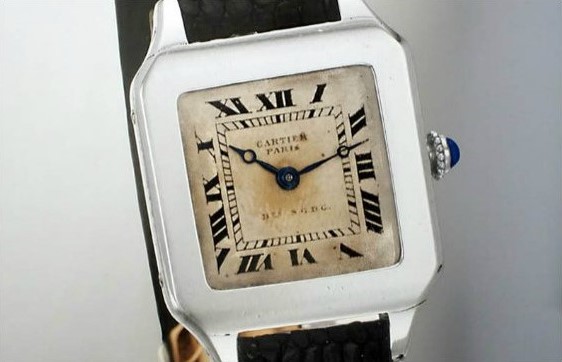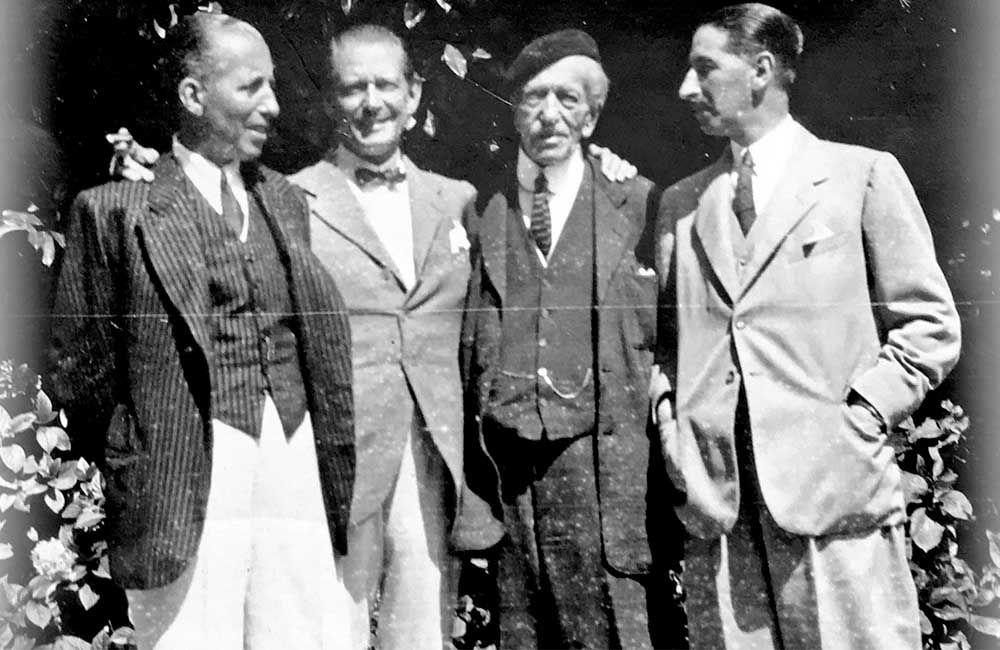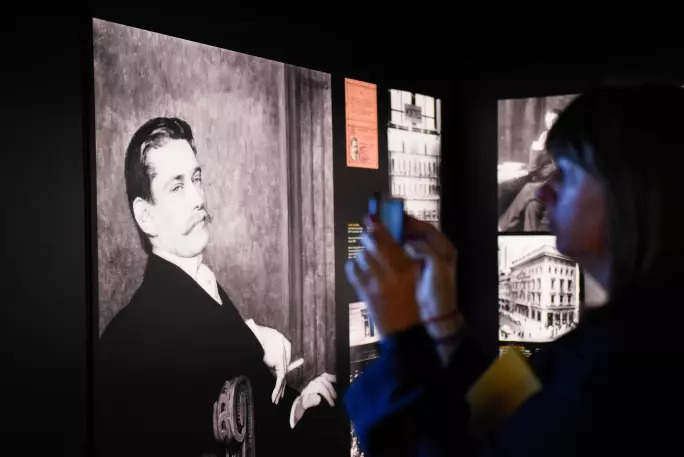“Never imitate, always innovate.” – Louis Cartier
“Never imitate, always innovate.” – Louis Cartier
“Never imitate, always innovate.” – Louis Cartier
“Never imitate, always innovate.” – Louis Cartier
Banhisha Kundu
April 02, 2023
Privileged Luxury

“Never imitate, always innovate.” – Louis-Francois Cartier, Fouder of Cartier
Global growth beckoned as Cartier's success in Paris developed in the late eighteenth century. Back then, platinum was a highly expensive material that was primarily utilised by royalty for
cutlery and watch chains throughout the 19th century. It was a remarkable accomplishment when Alfred Cartier (father of Louis-Francois Cartier) started integrating the dazzling and robust
metal in his jewellery in 1847 despite the metal's high melting point, which made it extremely challenging to deal with.
Cartier used it to enhance the brightness of diamonds in his "Garland Style" jewellery and paved the way of using platinum in their other designs as well.
Moreover, Cartier also introduced and popularised the first ever wristwatch for men. Alberto Santos-Dumont, a Brazilian aviator and old friend, quibbled how difficult it was to record flight
times on a pocket watch, so Louis Cartier set out to create a more useful wristwatch. The aptly titled "Santos" watch was Cartier's first release for men in 1904.

"Santos" - first release for men in 1904
It was a dangerous endeavor for the designer at the time because wristwatches were a preferred timepiece for ladies and the upper class regarded the pocket watch as the
gentleman's accessory. Yet, the prestige and accomplishments of Santos-Dumont in the field of aviation immediately boosted the acceptance of the practical and comfortable wristwatch among men.
Little did the world realise that the distinctive personalities of each Cartier family member would be essential to Cartier's success and would play a significant part in redefining the opulent and
timeless brand that we know today.
Jacques Cartier And His Thread To India
Jacques was outgoing and recognized the value of maintaining connections with prestigious clients. He encouraged the Maharajas of India in particular to re-set their customary jewels in
the fashionable Art Deco style. In turn, the Indian tradition of using colourful stones sculpted to resemble leaves and berries would influence Cartier's design and result in their enduring
"tutti-frutti" jewellery.
Louis Cartier - The Artistic Soul of the Brand
The Maison's creative soul – Louis – and his brilliant choice to appoint Jeanne Toussaint (1887–1978) as Design Director saw the panther—her nickname—become Cartier's most
recognisable emblem. Louis was also adept at foreseeing and accepting trends. He presented a scarab ring to his first wife in 1907, at the height of one of the several Egyptomaniac crazes that
swept across the Decorative Arts at the time.
The excavation of Tutankhamun's tomb in 1922 was the greatest archaeological discovery of that era. In the years that followed this discovery, a plethora of designs would be inspired by
Egyptian aesthetics, with Cartier becoming one of the first jewellers to use ancient artefacts to create accessories and other items.
“When it was a question of jewelry or business: we were the Cartiers. Our father was unaware that we had secretly made the same oath: to become the
greatest in our profession.”
–Louis Cartier (1875-1942)

Pierre, Louis, Alfred, Jacques Cartier

A Photograph of Louis Joseph Cartier
Pierre Cartier – The Visionary Behind Cartier
Pierre had a keen sense of business and saw huge possibilities in New York's thriving economy. By marrying the daughter of an elite magnate from St. Louis, Missouri, he allied himself with the
finest (and richest) families of America. The business swiftly outgrew its one-story Fifth Avenue location, which was replaced by a six-story mansion (Cartier flagship building) worth $1 million
on the corner of 52nd Street that Pierre purchased with a double-strand necklace made of real pearls.
Having substantial and priceless gems in his possession, Pierre Cartier became well-known for his shrewd salesmanship. He would handle countless historic gems, including the mythical
Hope Diamond (now housed in the Smithsonian).
The basic tenet "less is more" underlines the story of this premium fashion brand. The elite class of society have always favoured the everlasting brand of Cartier as it is the ideal
confluence of luxury, timelessness, and elegance.
Cartier - The privileged Luxary